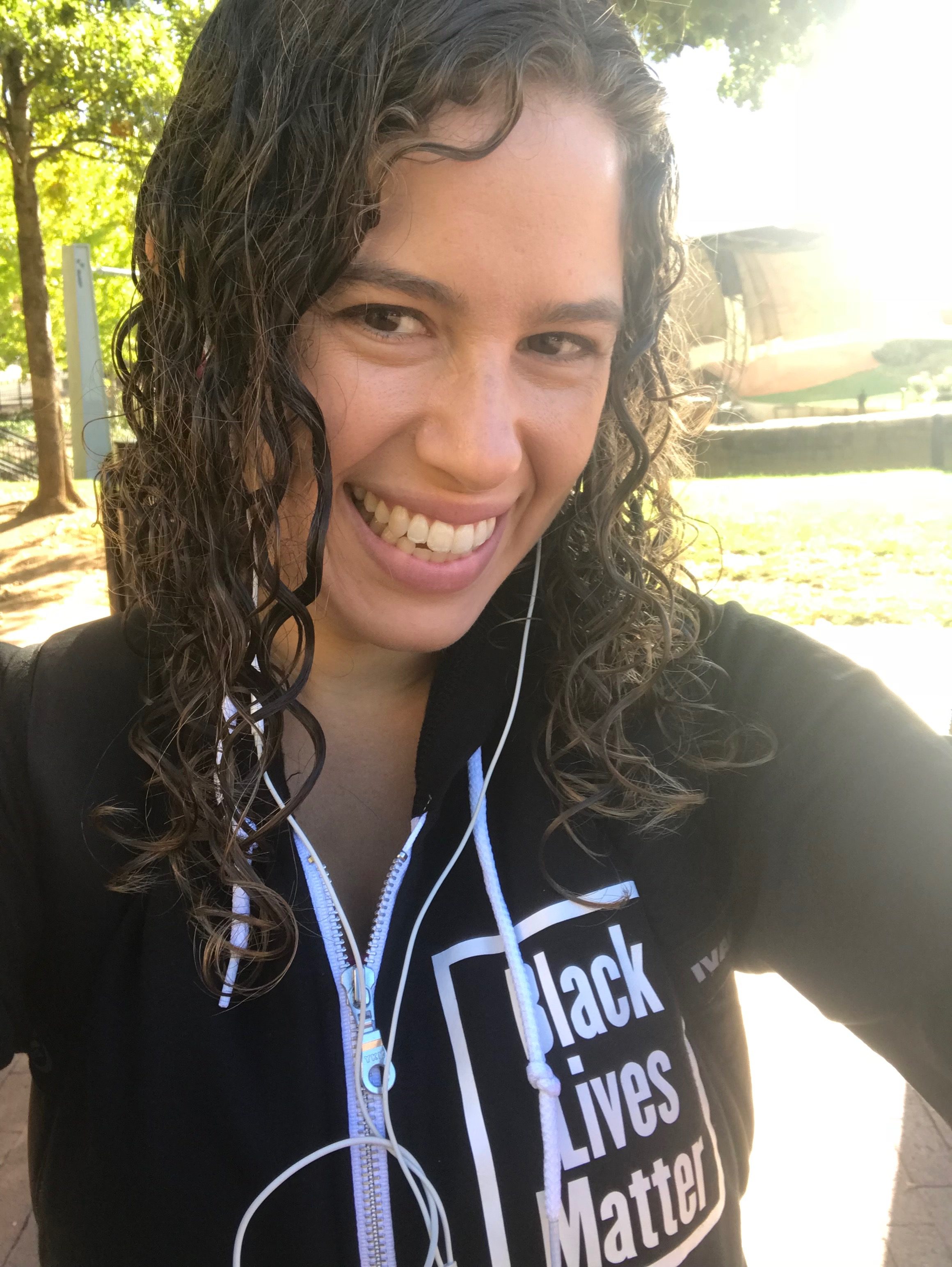In sex education, we use ground rules to build safe space during structured conversations. A lot of these safe space rules can be useful guidelines in everyday life, as well. In response to certain experiences from this past weekend, I’ve decided to remix these ground rules to apply to a specific situation in which groups of people come together to make themselves vulnerable: dance parties. What are some simple guidelines that we can use if we want to build a safe space in which to dance together for an evening?
Please tell me what you think, and add your own ideas to this list, in the comments.
1. Consent.
· Check for enthusiastic consent before dancing with someone.
· When someone says “no” to dancing with you, you say “okay, thanks.”
· Note that consent is specific: Yes to dancing is a yes to dancing, not to anything else. You need to ask again if you want something else. And they may or may not say yes again.
2. Respect.
· Respect other people: their bodies, their dance moves, their clothes, their choices…
· Respect the physical space: help keep it clean, watch where you put your things, clean up after yourself…
3. Sharing space.
· Step out of the center of the dance floor to give other people and other circles a chance to fill it.
· Watch where you fall and flail so you don’t hurt other people.
· Be aware of which spaces are getting too crowded, and where there is more space available.
4. Drink responsibly (or not at all).
· Know that “I’m drunk” is no excuse for violating any of the other safe space guidelines.
· Stop drinking before you get sloppy.
· Or on second thought, maybe “no drinking” is another option.
5. Sex-positivity.
· Enjoy the ways in which dancing connects you to your own body; respect the ways in which other people are enjoying their own bodies.
· Limit (or avoid) explicitly sexual behavior, for example, dance-floor make-out sessions.
6. Confidentiality.
· The dance floor is a communal space and is not for public display.
· Ask for consent before taking or posting pictures.
· Avoid gossiping about people’s dance-floor behaviors after the party is over.
7. Self-care.
· Go where you need to be: Dance alone when it feels good; dance with a dance partner when it feels good; join a group when it feels good.
· Ask for help when you need it.
· Speak up if someone hurts you or makes you uncomfortable, even if you think it’s by accident.
8. Accountability.
· Building safe space is an ongoing process; be open to feedback about your behavior.
· Be sensitive to and aware of other people’s boundaries and comfort levels.
· Avoid making assumptions about other people.
9. Love your DJ.
· Show appreciation that the DJ is an artist bringing you a gift.
· Do not touch the DJ’s equipment.
· Make meaningful requests that you think your fellow dancers would enjoy, too.
10. Celebrate.
· Make your body feel good; make yourself feel good.
· Include everyone in the celebration.
· Encourage everyone to express themselves through dance.
My hope is that these guidelines would help people create a space together in which they could all really let loose and personally get the most out of their dancing experience while also connecting with each other through the process of dancing.
These are just my ideas, and I’m just getting started. I look forward to getting your feedback and working through this draft to produce something that can really be useful in future dance party situations. Please tell me what works for you, what feels unreasonable, what seems off, what you think is missing, etc.

Stephanie Davidson says:
This is great, Mims. I'm trying to think of other things that feel important to me… I guess consent to "dance with" someone should not be taken as consent to grind. That has always been my biggest complaint.
purpleandgrey says:
I agree, this is great.
One thing that's VERY important to me, and is one of the major reasons why dance parties tend to make me uncomfortable, is the tendency to sexualize that sort of dancing – and, by extension, the people doing it. On the rare occasions when I dance to pop music, I'm not doing it to be "sexy"; I'm doing it because it feels good and freeing to move my body. But I end up not moving my body as freely as I'd like to because I'm constantly afraid of getting sexualizing looks or comments, which feel extremely violating to me. So when I'm at a dance party, I'm almost always either dancing in a restrained fashion, or not dancing at all.
I would LOVE to see something on there (maybe under the "sex-positivity" bullet) about not assuming sexuality on the part of other dancers. In other words: as part of respecting the ways in which other people are enjoying their own bodies, keeping in mind that not everyone may intend their dancing to have sexual overtones, and might not be comfortable with others viewing their dancing in that way. Also, not making sexualizing comments about other people unless you know they'll be okay with it. Having those ground rules in place (along with the others you've listed here) would go a LONG way toward making me feel comfortable in a space that, in my experience, has mostly been very UNsafe for me.